My middle school students are currently working in collaboration with the New Mexico Wildlife Center to learn the physics of kayaks through building their own personal, functional kayak.
Students are learning about buoyancy, resistance, kayak design, riparian ecosystems, and weather. We are spending the winter months building the kayaks so that we can explore water habitats in the spring.
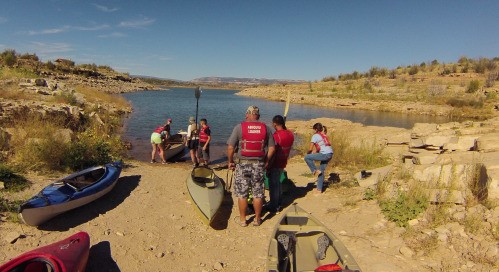
At the 2015 NMAG Fall Institute, Alicia Cotabish presented on both project-based and problem-based learning. She highlighted the differences as well as the way in which they are appropriate for high ability learners. There are numerous advantages to using project-based learning with gifted learners including:
- It is interdisciplinary
- It is aligned with curriculum and supported by NAGC Gifted Programming Standards
- It allows for in depth inquiry and problem solving
- It lends itself to differentiation and scaffolding
- Student can take ownership of their learning
- It allows for collaboration, critical and creative thinking
- It can motivate and engage students
- Students are addressing real world, authentic problems
(If you were at the conference, you can download the PowerPoint from Alicia Cotabish’s breakout session regarding both problem based and project based learning. The password was sent to you in an email. Click here to go to that password-protected resources page.)
To build excitement and review the ecosystems (many of the students were exposed to water studies as part of the River Class during their elementary years) we spent a day at Abiquiu Lake. Not a single student knew how to kayak when the day began, but by the end, they each had the hang of it and were pretty pleased with themselves! Part of the philosophy of this class is that people must experience and enjoy the outdoors in order to feel a sense of ownership. Besides learning important science skills, these students are learning to enjoy being outdoors and when integrated into a science curriculum, environmental education demonstrably improves student achievement in science. (Lieberman and Hoody, 1998)
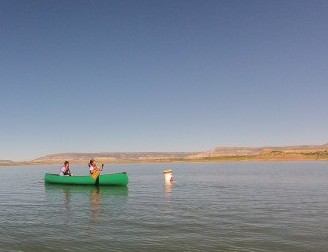
Students learn to kayak and conduct environmental science studies.
Following that, we had a quick refresher on density and buoyancy. We filled cylinders of a known volume (which we calculated) with different objects. After weighing them, we calculated the density. We compared these to the density of water and guessed whether or not they would float. We then tested our hypothesis. Thanks to our knowledge of science, we were right every time! We moved then to building model boats. We began by observing a few floating objects with different shapes. This provided a few ideas to get going. Each design was different and not every model worked which provided an excellent opportunity to test and discuss why different boats have different shapes (and different purposes).
When it was finally time to begin construction of the actual kayaks, students were introduced to reading a blueprint. We discussed design, pattern placement and of course all the safety rules associated with using power tools. Eye Protection at all times!
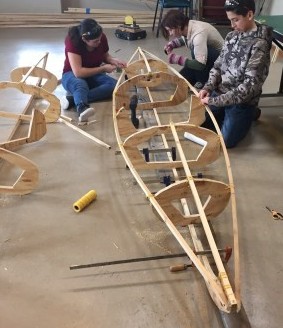
Students build a kayak as part of their project-based learning.
Since our initial building session, students have created the skeleton, sanded, attached to bow to the keel, attached the stern to the keel and added the ribs and the strakes.
When we meet again in February, we will begin covering our kayaks. They are really beginning to look like boats and the students have been engaged in the process each step of the way. They have been asking questions, using resources, collaborating and communicating with each other in new ways. They have had to consider how to best use their time and how to make adjustments when we face a problem. For instance, some of our strakes have knots and the wood is easily prone to snapping at these points. They determined that a splint was the best fix in some instances and in others; a different solution was required.
The culmination of this project will include a trip down the San Juan River, observing and studying the riparian ecosystems which may lead to problem based learning activity for next year!
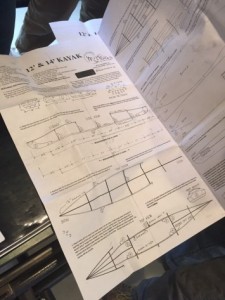
Obviously, this is a very specialized and unique project which could never occur without our collaboration with the NM Wildlife Center. There are certain projects which teachers cannot easily tackle given the restrictions we encounter: space, time and resources. But I wonder: What project-based learning have you used? What was successful and what would you do differently in the future? This is my first experience with such activities; it has been a powerful learning experience not only for the students but for me as well. It makes me want to incorporate more project oriented learning in the classroom. Please share your thoughts about project based learning with us!
Resources
Lieberman, G.A. and Hoody, L.L., (1998), Closing the Achievement Gap: Using the Environment as an Integrating Context for Learning, State Education and Environment Roundtable.
- Project-based Learning with Kayaks - February 1, 2016
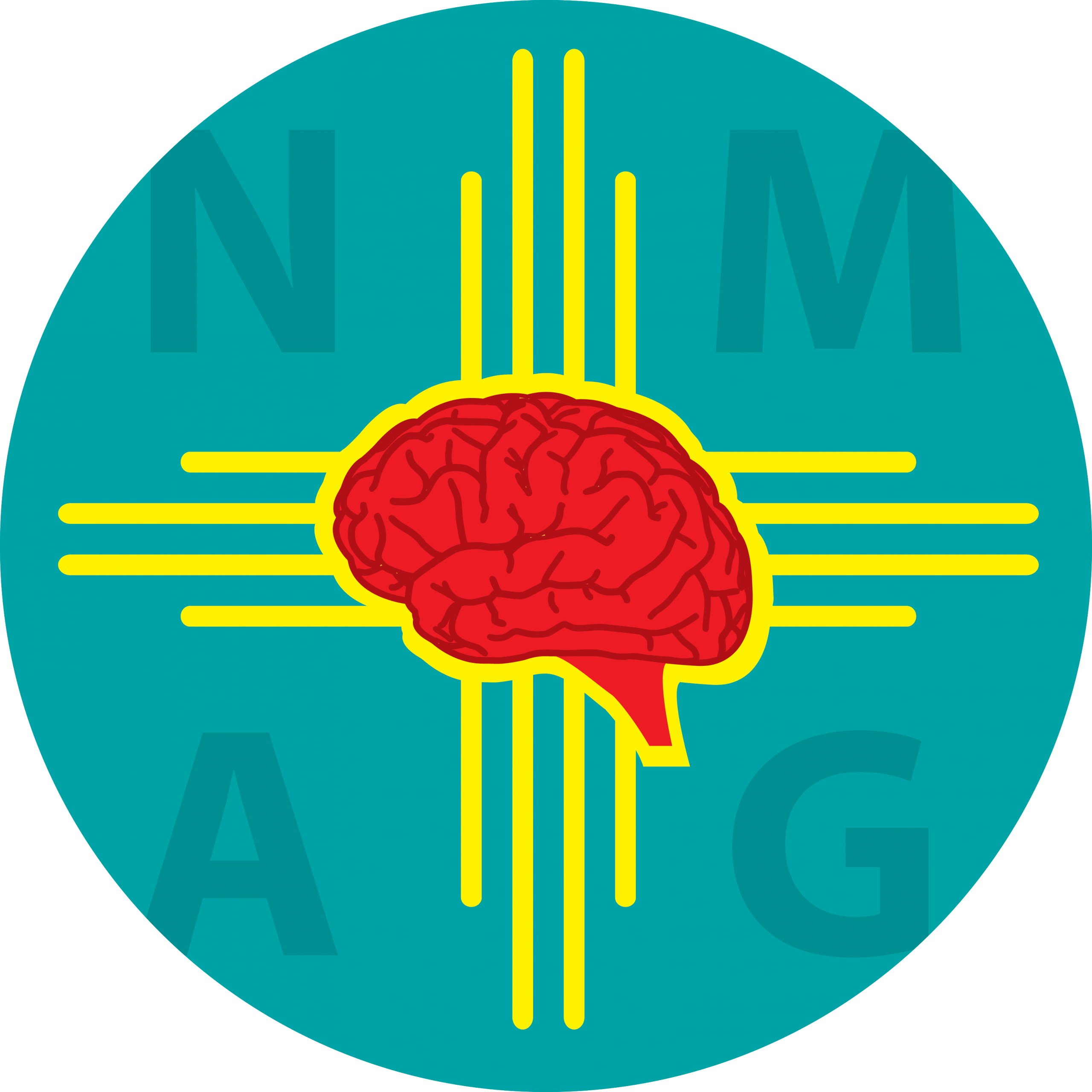
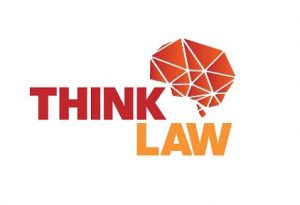
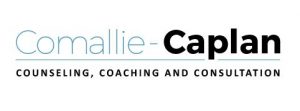
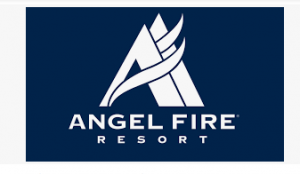
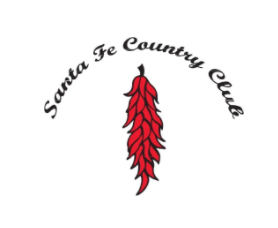
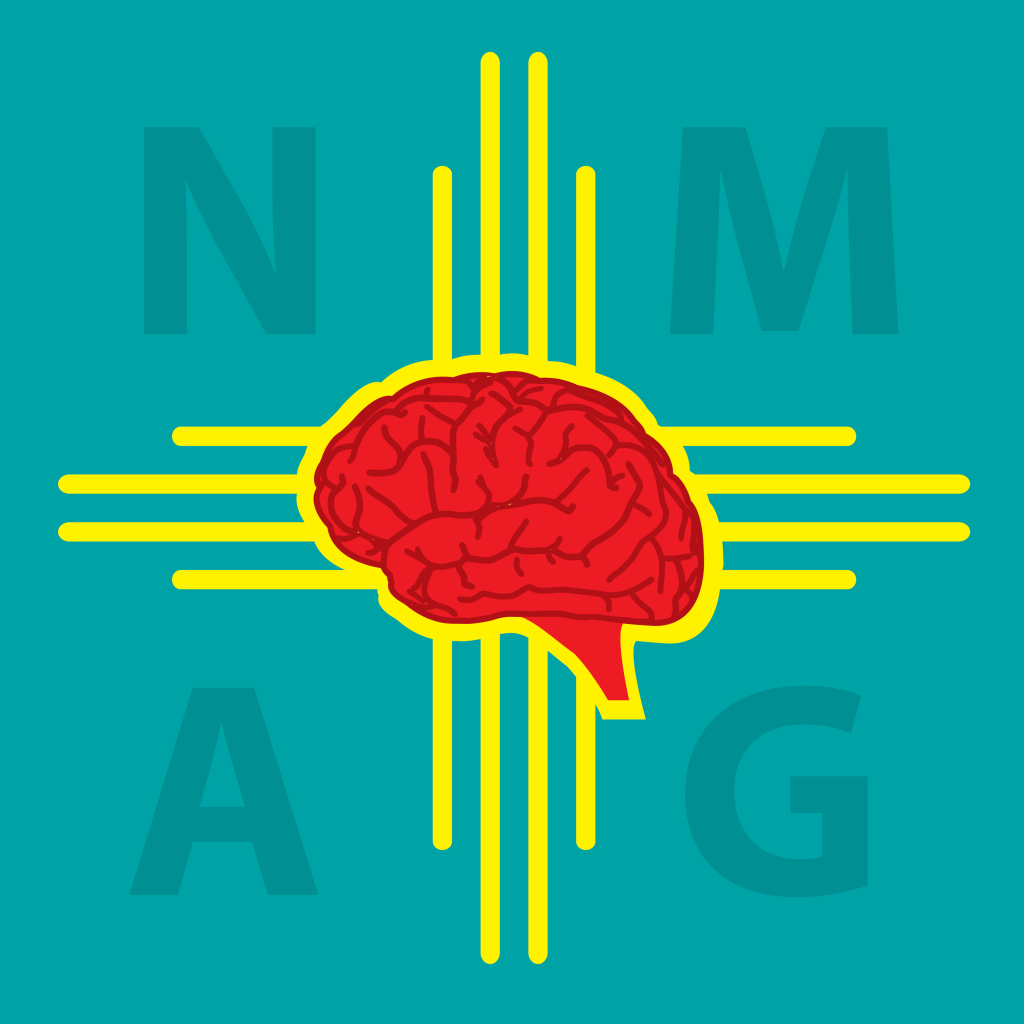
Leave a Reply
You must be logged in to post a comment.